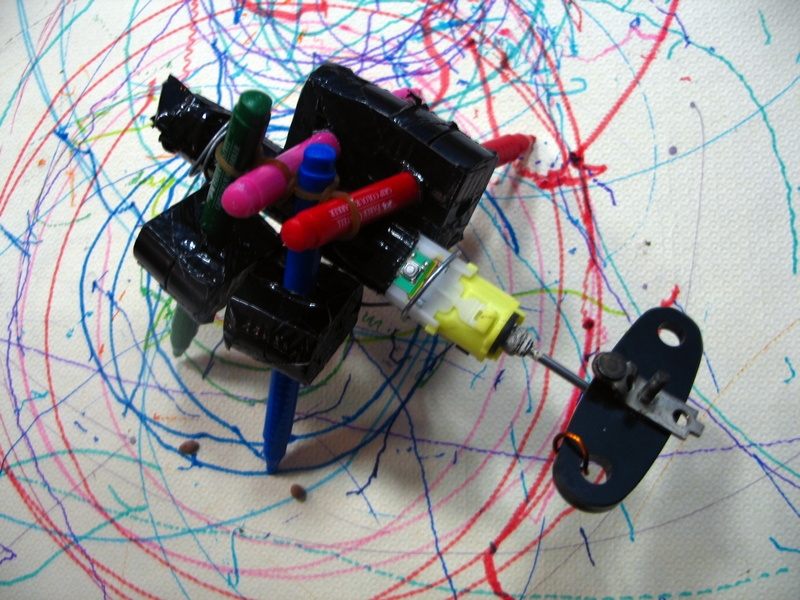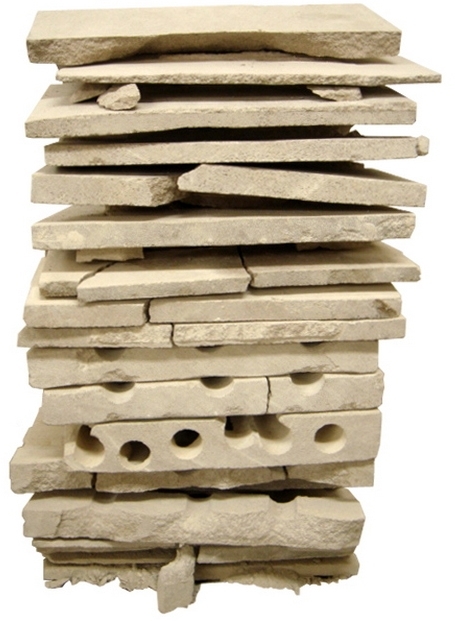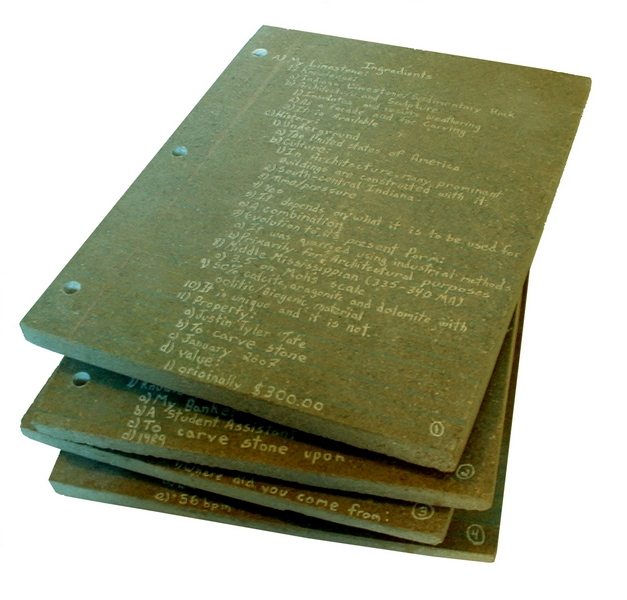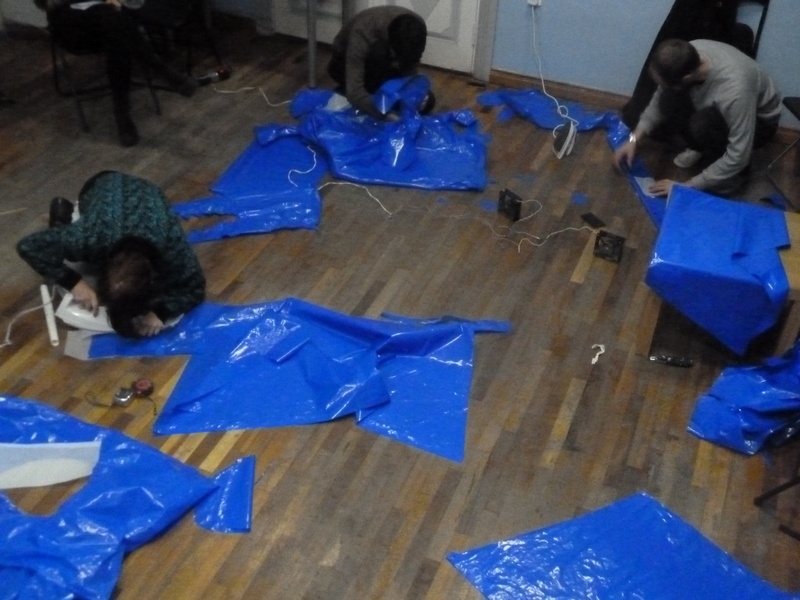I want to explore a philosophy, its journey and the workshop based around this concept by asking participants to try, experiment and make. I’m speaking of “fake it till you make it”- the idea that someone can achieve their desires simply by pretending to do so. I imagine this principal is how Kanye West became popular; by dressing and performing as if he was a superstar until it became true. I recently watched a documentary titled Kumaré where Vikram Gandhi pretends to be a spiritual guru in an attempt to debunk such people and ultimately he succumbs to his own lie. Aristotle came up with the notion that if a person would act virtuous then they will become virtuous.((Fake It Till You Make It, David Brandt.)) Aristotle’s idea, when it was revitalized in the late 20th century, became “fake it till you make it”. It sounds like a negative endeavour, like a lie, but really it’s a journey to become better not only through external means but by attempting to re-hardwire one’s internal circuitry. The phrase “Fake it till you make it” is most commonly associated with Alcoholics Anonymous (AA) who use it to give newcomers the confidence to stay with the program, implying that if you follow the AA routine long enough – or even just pretend to – then it will begin to work.((AA to Z; An Addictionary of the 12-Step Culture by Christopher Cavanaugh; http://www.enotalone.com/article/10419.html)) If individuals are able to use this motto as a tool for becoming who they desire to be, can groups, communities, cultures and countries do the same? I feel like Tallinn, the capital of Estonia has, unintentionally, sought to do so.

For whatever socio-political-historical reason, Tallinn is faking it until it makes it… or breaks it. Tourists in the capital are surrounded by expensive cars, free public transport for Tallinn’s residents, an (almost) spotless city center, medieval-as-hell Old Town and shiny/modern new town; for tourists it seems as if Estonia is doing (almost?) as well as the rich Scandinavian countries. The BBC re-stated a quote from Baltic Business News supporting Tallinn’s FITYMI attitude: “Tallinn seems to be one of the richest cities in the world, but for some reason it’s streets are filled with pot-holes and there is no money for kindergartens” – Valdo Randpere.((http://www.bbc.co.uk/news/world-europe-17517106)) Positive or negative, for these reasons I think it’s all the more appropriate that FITYMI workshops started in Estonia.

It seems like they shouldn’t work. It seems as though nobody should attend. A workshop where participants don’t know what they are coming to learn has, surprisingly, only had a couple of instances where fewer than six participants attended. The concept for the Fake it Till You Make it (FITYMI) workshops evolved over a few months in late 2011. The seed was planted during a lecture given by Andrew Patterson in Tallinn at Kanuti Gildi SAAL, where he mentioned a workshop where people would come together and produce an instruction manual – there would be this peer-learning experience and a collective product. It was also inspired by the website www.instructables.com, where people share their knowledge by making short, web-based, instruction manuals on almost every topic.

An article in MAKE magazine also contributed one very important philosophy to the class which was that an individual with no knowledge on a topic is able to push that subject farther because of their lack of biases.((Zen and the Art of Making by Phillip Torrone; http://blog.makezine.com/2011/11/02/zen-and-the-art-of-making/)) In regards to the latter point, from the MAKE article, I have one memory which I find especially relevant: In the fourth year of my Bachelors degree I needed an extra three credits of studio classes so I enrolled in a stone-carving class. For the class I was given a very large brick of limestone. The initial project I came up with was turned down by my stone-carving instructor, Gerard Choy, on the grounds that it was like the rest of my work and did not speak to the materiality of the stone. I then decided it was my goal to learn the limitations of the stone by trying to create and control a fracture which would run from one side of the stone to the other with the intention of breaking off the thinnest slice possible; I was hoping to get around a centimeter. Aside from stone-carving I also had a general studio with an advisor, Theirry Delva, who happened to be a master stonemason. I talked about this stone-carving project during one of our meetings and Thierry basically told me it was impossible but I refused to listen. I thought about the problem, I experimented, and I used most of my block before eventually learning how to control the fracture across the diameter of the limestone. In the end I was able to produce 4, size A4, pieces of limestone each a centimeter thick – much to everybody’s surprise.
Being able to discover more because you have a limited knowledge on the topic is amplified in groups of people, so this social aspect of the FITYMI workshops creates a process where individual discoveries inspire other participants. There are not many cultural centers that would take a chance on such an experimental workshop but Ptarmigan, led by John W. Fail, has embraced the philosophy and on numerous occasions has referred to Fake it Till You Make it as the “flagship example of what Ptarmigan is about”.
It’s this combination of sources, places, people and ideas which has created something altogether different from other workshops. Participants are given the chance, not to learn because they are interested in something specific but, to learn just because they are interested. In the end it’s not because we succeeded or fail at a task which is important but rather that we tried, explored and did it with friends (as well as strangers) which gives me incentive to fake it till l I make it.

For more information see: FITYMI






























